Be the Change: John Letendre – Narcan’s role in fighting opioids
| Published: 02-06-2023 3:34 PM |
The United States has been struggling with an opioid epidemic for approximately two decades. Some say it was was brought on by the now-well-known opioid OxyContin. However, we have heard the names of many other opioids during this epidemic such as morphine, codeine, heroin, oxycodone and fentanyl.
But what is Narcan?
Narcan is a well-known trade name for one form of naloxone hydrochloride, a substance that can stop and reverse the effects of an opioid overdose. Naloxone hydrochloride has a stronger affinity for opioid receptors in the brain and will displace opioids and thus reverse the effects of overdose.
Even though most people have only heard of Narcan in the past five to 10 years, the drug has been around for more than 60 years. In March 1961, Dr. Jack Fishman and Dr. Mozes Lewenstein applied for one of the first patents for naloxone. In 1971, the U.S. Food and Drug Administration approved the use of naloxone for the treatment of opioid overdose. This was right around the time that the first heroin epidemic began in many major U.S. cities, but Narcan was not readily available.
Over the ensuing 50-plus years, naloxone has proven to be safe and effective in the reversal of opioid overdose. There are little to no negative effects associated with the use of Narcan, and it will not hurt somebody who might receive a dose accidentally, as in the person has become unconscious for a reason other than overdose.
There is no street value to Narcan because it does not cause any euphoric effects; you cannot get “high” on Narcan.
Some may ask why we bother reviving overdose victims – “Those [drug users] chose to use drugs, they are doing it to themselves.” Well, sort of. Early use is voluntary, but opiates are very good at not letting the user know they are hooked until it is too late. As a substance abuse counselor, I have seen people become addicted to opioids in several ways: through an injury, car accident or surgery; as a way to work longer hours without pain; and, yes, through recreational use.
What the general public does not realize is the opioid user in full-blown addiction is not having fun or getting high; they are miserable. They are in a constant cycle of having to find money and drugs, using them and starting all over again, like Sisyphus and his rock. They have become physically dependent on the drug and need to use it just to function or feel normal.
Article continues after...
Yesterday's Most Read Articles
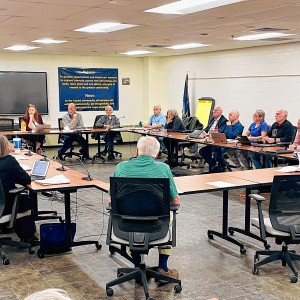 ConVal committee begins to study withdrawal process
ConVal committee begins to study withdrawal process
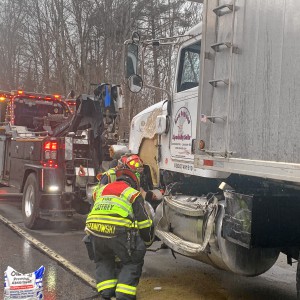 UPDATE: Drivers identified in Jaffrey dump truck crash
UPDATE: Drivers identified in Jaffrey dump truck crash
 Francestown welcomes new Library Director Beth Crooker
Francestown welcomes new Library Director Beth Crooker
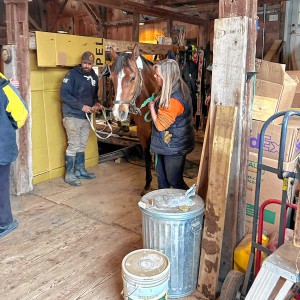 New Ipswich firefighters called on to rescue horse
New Ipswich firefighters called on to rescue horse
 Big first inning carries Wilton-Lyndeborough softball to win over Sunapee
Big first inning carries Wilton-Lyndeborough softball to win over Sunapee
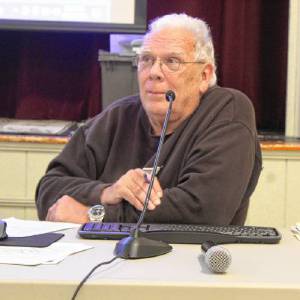 Temple unlikely to hold special Town Meeting on ConVal withdrawal
Temple unlikely to hold special Town Meeting on ConVal withdrawal
Most of the people I have worked seek help because they genuinely want to stop but can’t. The fear of withdrawal is always one of the top-rated barriers to abstinence. I have asked opiate users in recovery to try and describe the physical manifestation of withdrawal, and most have a hard time to even put it into words. Those who have offered an explanation have said, “Assume the worst flu you have ever had and multiply that by 10 … at least,” or “I felt like I had 1,000 bugs crawling under my skin.”
Opiates have been abused for centuries, but there has never been a time in history when they’ve been as lethal as they are today. Either risk dying, or spend several days feeling like you want to die; either way is not an enviable choice. This is why we use Narcan, because a person caught up in a vicious cycle of addiction does not need to be kicked when they are down. A person who dies of an overdose does not have a second chance to find recovery.
The overdose victim may have children and they most certainly have people who love them and want them to stop. However, try as they might, they are powerless compared to the obsession for the drug. The National Institutes on Drug Abuse (NIDA) define addiction as “a chronic, relapsing disease.” We need to give people who use drugs the same care and concerns we would those with other chronic illnesses such as diabetes or heart disease, with patience, care and treatment.
If you or a loved one has a problem with addiction of any kind, there are resources available. Going to ledgertranscript-nh.newsmemory.com/?special=Support+Groups+and+Resources will connect you to a Support and Resource Guide created by Be the Change Behavioral Health Task Force and published by the Monadnock Ledger-Transcript.
You will find information on help with substance abuse and other addictions as well as a variety of other resources. The state clearinghouse on all sorts of assistance can be accessed by dialing 211.
If you would like to get a Narcan kit to have on hand, they are available through The Doorway at Cheshire Medical Center, or your local pharmacy may have them. If you would like to have a group training on the proper use of Narcan, along with a supply of kits at no charge, you can call me at (603) 354-5454, Ext. 2378, to schedule.
John Letendre is continuum of care facilitator at Cheshire Medical Center in Keene. Be the Change – Behavioral Health Task Force consists of concerned citizens and organizations in western Hillsborough County focused on educating and promoting local resources for prevention, treatment and recovery from substance use disorders and behavioral health challenges.

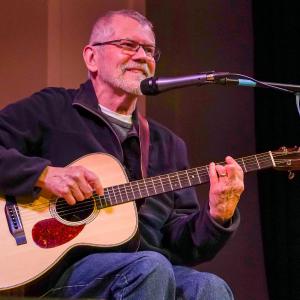 Francestown Academy Coffeehouse is in its second year
Francestown Academy Coffeehouse is in its second year Jaffrey Civic Center hosting ‘Two Tours’ exhibit
Jaffrey Civic Center hosting ‘Two Tours’ exhibit Ana Armengod showing experimental films for MacDowell Downtown
Ana Armengod showing experimental films for MacDowell Downtown Monadnock Comic Con is May 3 and 4 in Jaffrey
Monadnock Comic Con is May 3 and 4 in Jaffrey
